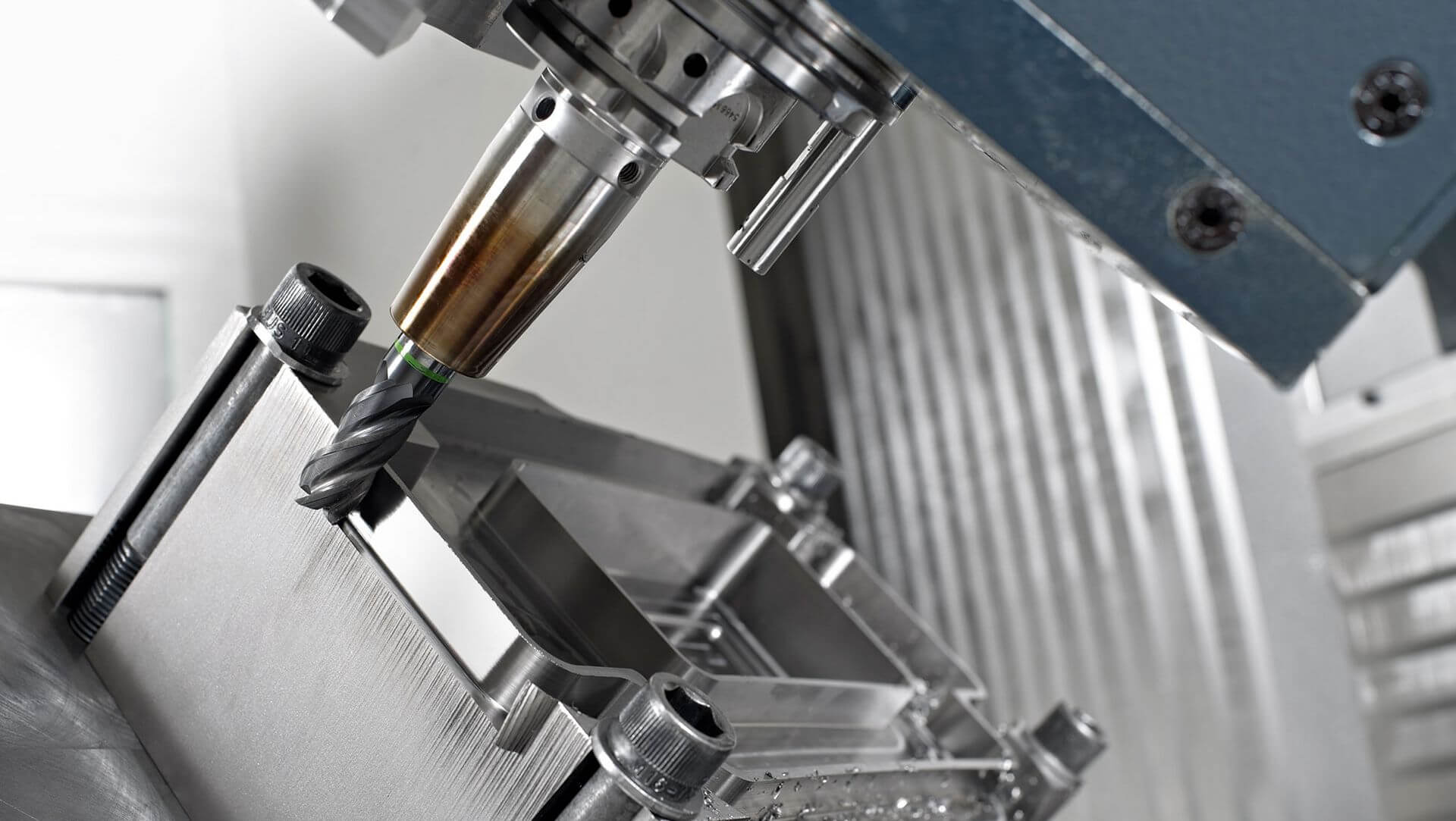Aerospace CNC Machining: A Complete Guide to Precision CNC Machining
Aerospace components are developed and designed using state-of-the-art technology to ensure that they meet the highest standards. Designing aerospace engineering components requires precision to meet the demands of the industry. For example, aircraft components must operate under pressure; therefore, their functionality cannot be compromised. These components must be strong and must not break due to pressure while working.
This is where CNC machining can be a reliable method to produce these important components. CNC machines ensure precision, material quality, and accuracy. With the help of CNC machining, important aerospace components can be produced quickly and accurately.
In this article, we will discuss in detail the materials used in aerospace CNC machining and their importance.
1.What is Aerospace CNC Machining?
CNC machining uses subtractive manufacturing technology to remove material according to the design. The machine has certain software and codes to perform specific functions. These functions control the tools and raw materials. Raw materials include metals, alloys, and high-density plastics.
Automated functions can cut the material and add finishing touches, reducing human intervention. After the computer program has executed all the codes and functions, the final product is precise and strong. These components may include aircraft hinges, fixtures, and custom-sized components.
Components with the same dimensions can be made through CNC machining. These parts are carefully designed to ensure smooth operation without any problems.
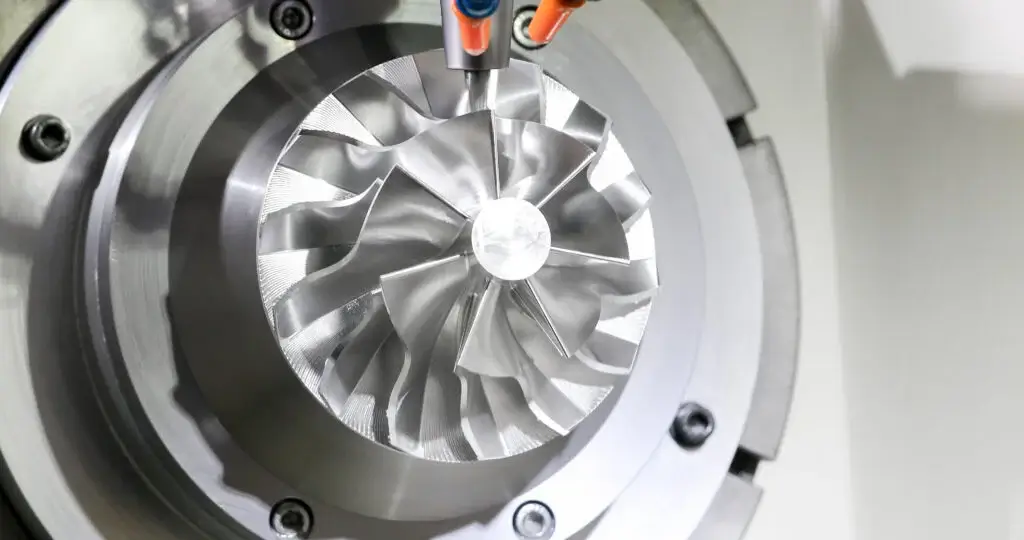
2.What are the benefits of CNC machining for aerospace parts?
There are several advantages of CNC machining for manufacturing aerospace parts, including:
1) Enhanced performance
Aircraft components must work under pressure, so there is no room for failure. CNC machines make aircraft components precise and strong. Therefore, the assembled parts perform well in the air. In addition, CNC machining can cast difficult-to-machine metals such as titanium, which is an indispensable material for aircraft.
2) Lightweight components
CNC machining can produce small and thin components, which helps to reduce the weight of aircraft. Despite the thin frame, these components are still strong.
3) High efficiency
The aerospace industry uses some of the most complex designs to manufacture complex parts. CNC machines are able to manufacture these parts without failure. Overall, automated tools produce efficient and reliable components.
4) Affordability
After the initial setup, CNC machining is cost-effective when manufacturing multiple parts simultaneously. In addition, CNC machining has less material waste and few parts are discarded due to failure. This makes the entire process more profitable.
5) Precision Machining
Computerized manufacturing provides precisely manufactured parts that fit together seamlessly. This is an important feature of high-quality, reliable parts that the aerospace industry is expected to use.
6) Minimal Failures
Metal parts manufactured using traditional methods may suffer from precision errors due to manually operated tools. This can cause part failure and affect the operation of the aircraft. CNC machining automates each process by strictly following design and dimensional guidelines. Parts manufactured in this way are more compliant and do not suffer from performance degradation.
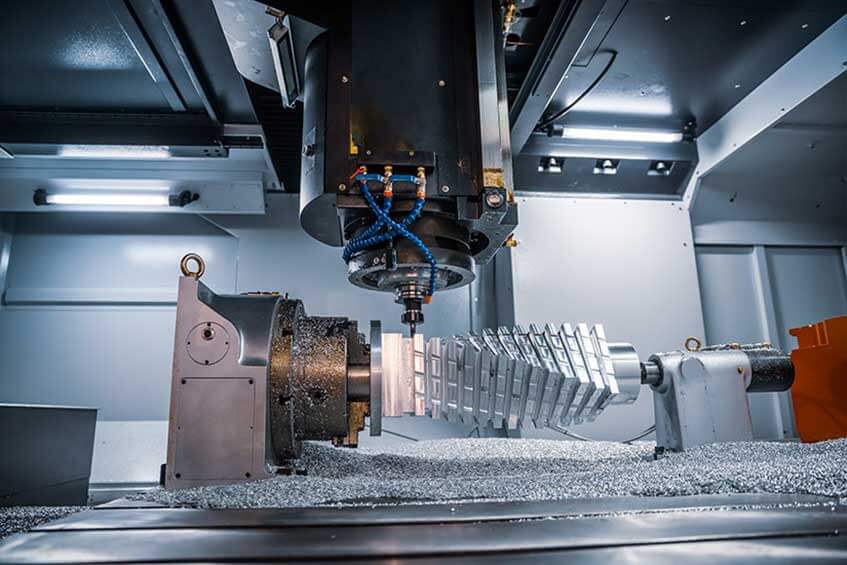
3.How is Aerospace CNC Machining Performed?
Precision CNC milling machines are used to produce a wide variety of aerospace components. The complex geometric parts of aircraft and rockets have complex shapes; therefore, they can only be manufactured on precision multi-axis CNC machines.
Using these machines can reduce manufacturing time and reduce the errors that can occur with single-operation machines. The goal is to ensure that the parts are fully functional and precise.
In addition, precision CNC lathes can be used to shape raw metal or plastic materials. This subtractive method can be used to make cylindrical shapes such as fasteners, shafts, connector hinges, and fixtures.
1) 5-axis CNC machining
It is well known that aircraft parts are very complex and require extremely high precision. Using 5-axis CNC machines is the solution. These machines allow the tool to move in five directions simultaneously for precise manufacturing. The directions include the X-axis, Y-axis, Z-axis, and the A-axis and B-axis for forward and backward movement.
The machined parts are moved in all these directions at the same time and can be turned around without additional settings. This is an efficient and easy-to-operate manufacturing process.
In addition, even if multiple complex parts have different specifications, they can be processed in a short time. 3-axis or 4-axis CNC machines can be used to process less complex parts.
4.What are the materials commonly used in aerospace CNC machining?
The weight of an aircraft may range from 1,500 pounds to 800,0000 pounds. The weight of the raw material of aviation parts and its size affect the full load.
Lightweight and strong materials are preferred for aviation CNC machining because they must be strong enough to fly but small in size. Aluminum, titanium, high-density plastics and metal alloys are useful in the aerospace industry.
Aluminum is favored for its plasticity that can be cast into thin sheets. Titanium and its alloys are elastic. This natural metal is 50 times lighter than steel and 30 times stronger than steel.
1) Aluminum
Aluminum is often used to make aerospace parts. It has tensile strength and is lightweight. Its highly formable properties make CNC machining easier and faster. Aluminum alloys are used in the aerospace industry to add more desirable properties to it.
For example, the 7075 alloy contains zinc, which increases fatigue strength. It is suitable for wings, tail fins and supporting fuselage structures. Copper-containing aluminum alloys are used for their machinability and strength. Aircraft wings and fuselage structures are machined with this alloy.
When magnesium and silicon are added to aluminum, the alloy becomes corrosion-resistant and has better formability.
2) Titanium
Titanium and its alloys are used in the manufacture of aerospace components due to their light weight and high strength. This naturally occurring metal is corrosion resistant and has a high strength-to-weight ratio, which means that less material can provide more strength.
Some typical examples of titanium aircraft are the F-22, Boeing B787, and UH-60.
This material is mainly used for blades, shafts, disks, and fuselages. Titanium can be machined at lower rotational speeds for best results, as the high strength of titanium alloys may cause tool wear. However, the various properties of titanium alloys make it worth the extra effort.
3) High-density plastics
Aircraft interiors use a mix of metal and polymer materials to ensure their functionality. Since polymers are lightweight, the overall volume of the aircraft can be reduced. Aircraft doors, wall panels, wire ducts, and bearings are made of high-performance plastics.
Plastics such as PTFE polycarbonate, Ultem, and PEEK are used in CNC machining of complex aerospace components. These materials are also used to make armrests, instrument panels, valves, cabin trays, and tables. High-density plastics are superior to other plastics because they have strong stacking power and are not easy to break under pressure.
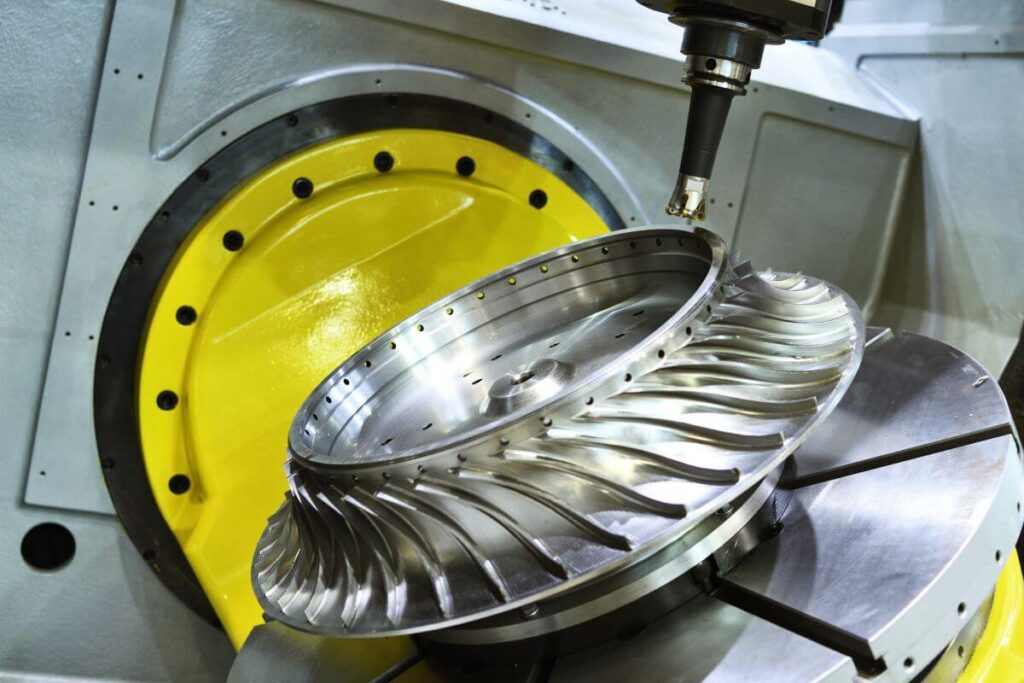
5.Surface treatment of CNC machined aircraft parts
Aircraft parts must be surface treated to make them more durable during use.
1) Powder coating
Powder coating makes CNC machined parts resistant to scratches and fading. Non-abrasive PTFE powder coating makes metal or plastic more beautiful. It comes in a variety of colors and can withstand high temperatures up to 600°F.
2) Polishing
Polishing tools are used to polish aircraft surfaces to make them smoother. Highly abrasive parts are polished to a shiny and smooth surface. Polishing makes the material look more beautiful while avoiding surface chipping. Polished metals are also more durable than unpolished metals.
3) Anodizing
Electrolyte solutions are used to form oxide layers on metals. These oxide layers prevent metals from corroding and wearing under high stress and temperature changes. Phosphoric acid and boric sulfuric acid mixtures can be used to anodize aerospace parts.
Aerospace parts are treated with Type II and Type III anodizing. Type II is used to make the surface more aesthetically pleasing. A further layer of Type III is added to make the material more durable against various environmental factors. Also, Chromic Acid Anodizing (CAA) is used to treat high-strength aluminum alloys.
4) Passivation
Passivation makes the metal non-corrosive and increases the shine. Chemical solutions such as nitric acid and citric acid are used to remove free ions and roughness from the material. The acid bath forms a protective oxide layer on the metal, which protects the surface from high temperatures for a longer period of time. Typically, the passivation process uses galvanizing, bluing, and immersion methods.
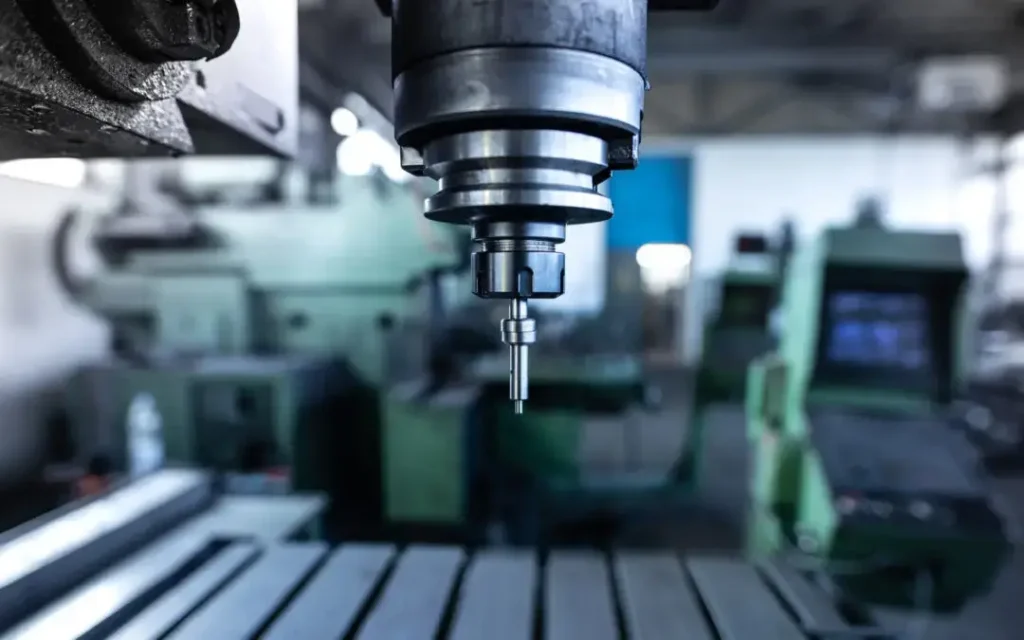
6.Conclusion
Aerospace CNC machining is essential when manufacturing fighter jets, cargo planes, spacecraft, or passenger aircraft. Each part is carefully crafted according to precise measurements.
The CNC manufacturing process is cost-saving and efficient. It improves the flight safety of aircraft. When machining aircraft parts, special attention should be paid to using tools of the correct size and proportion.
One way to avoid mistakes is to run simulations using CNC software. This will help avoid any mistakes and make changes to the machining as needed before mass production.
If you are looking for an experienced Precision machining manufacturer, Xavier is your ideal choice.The Xavier team is well equipped to provide high quality aerospace parts machining solutions. If you require more information or would like to discuss your machining needs, please feel free to contact us.
